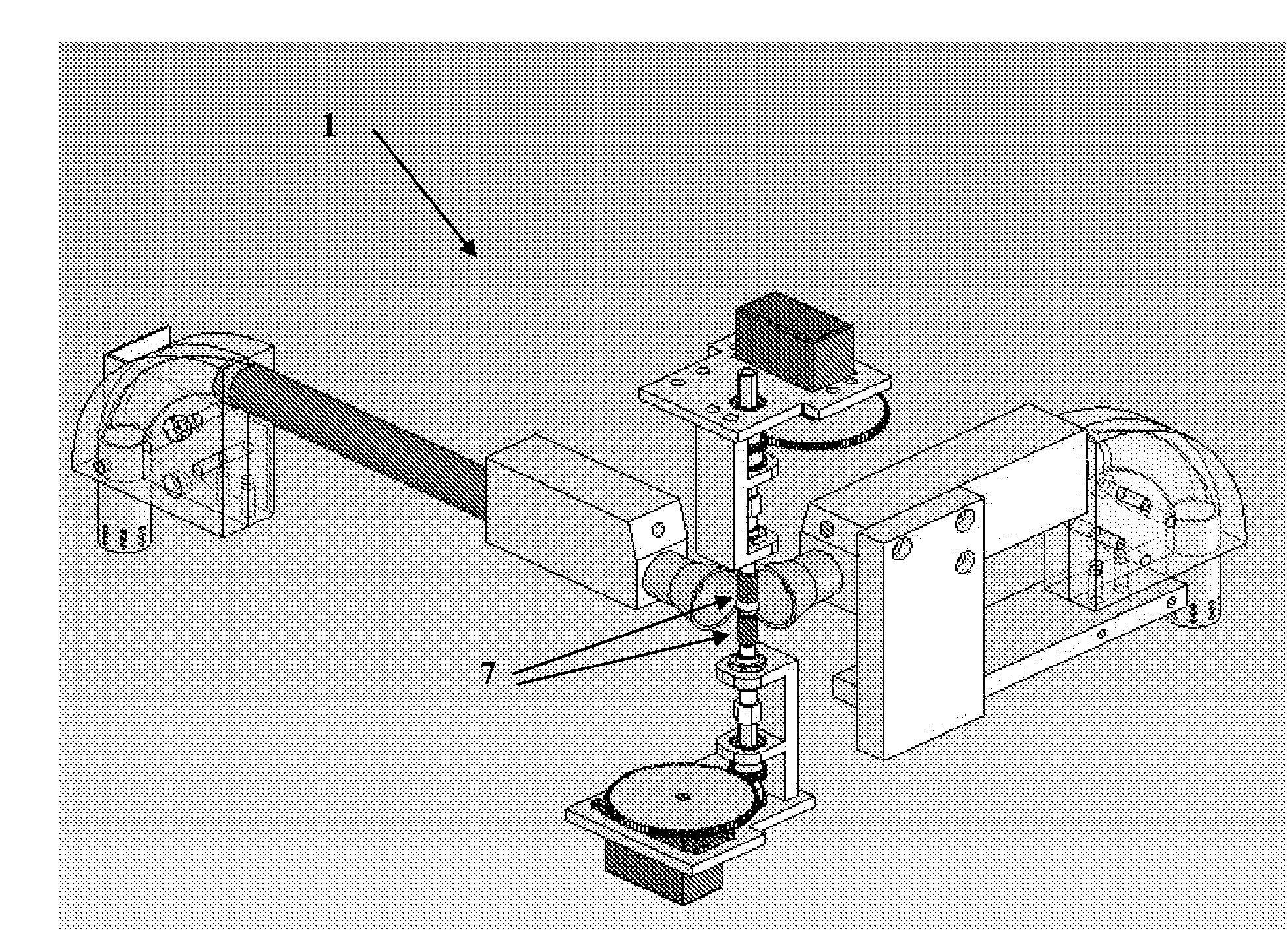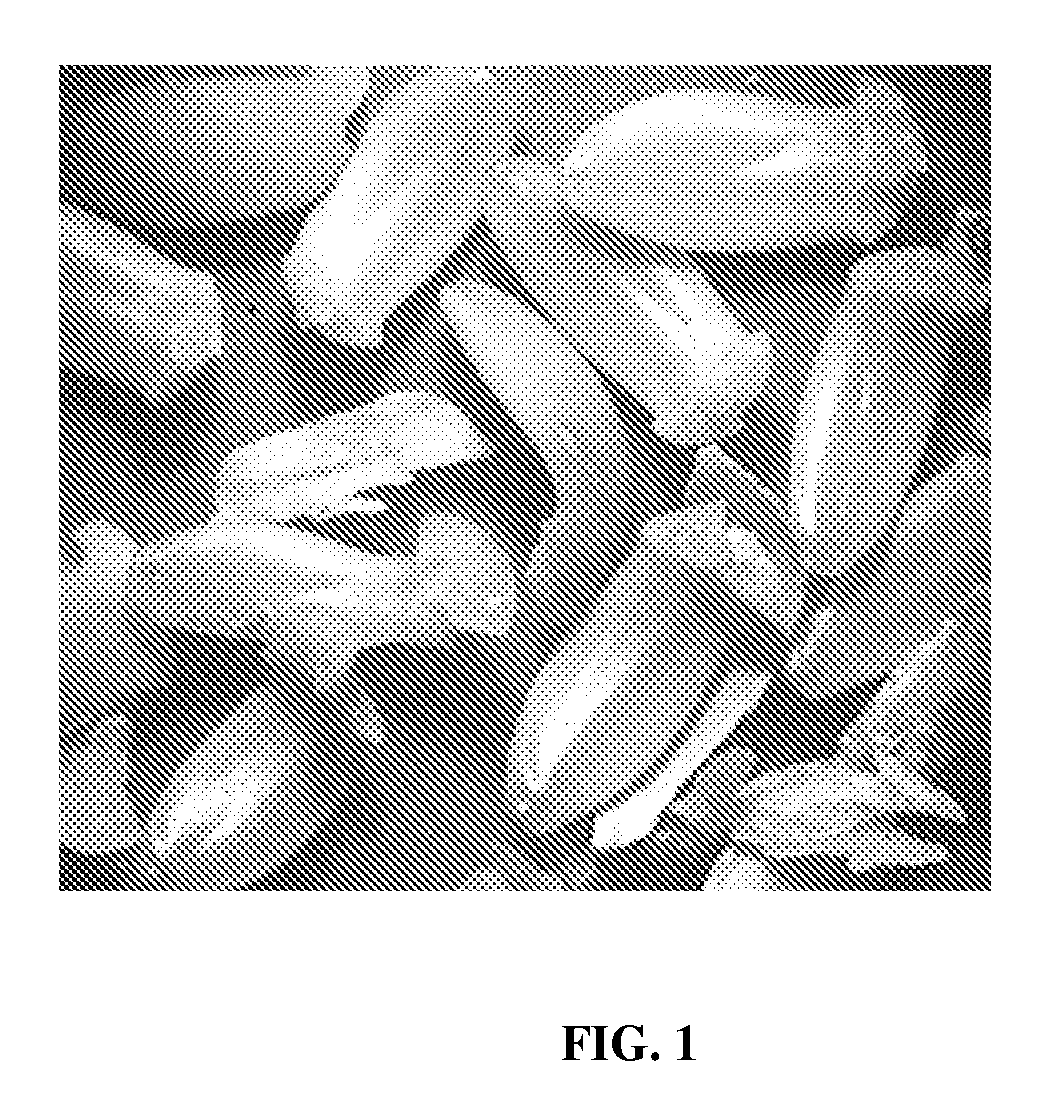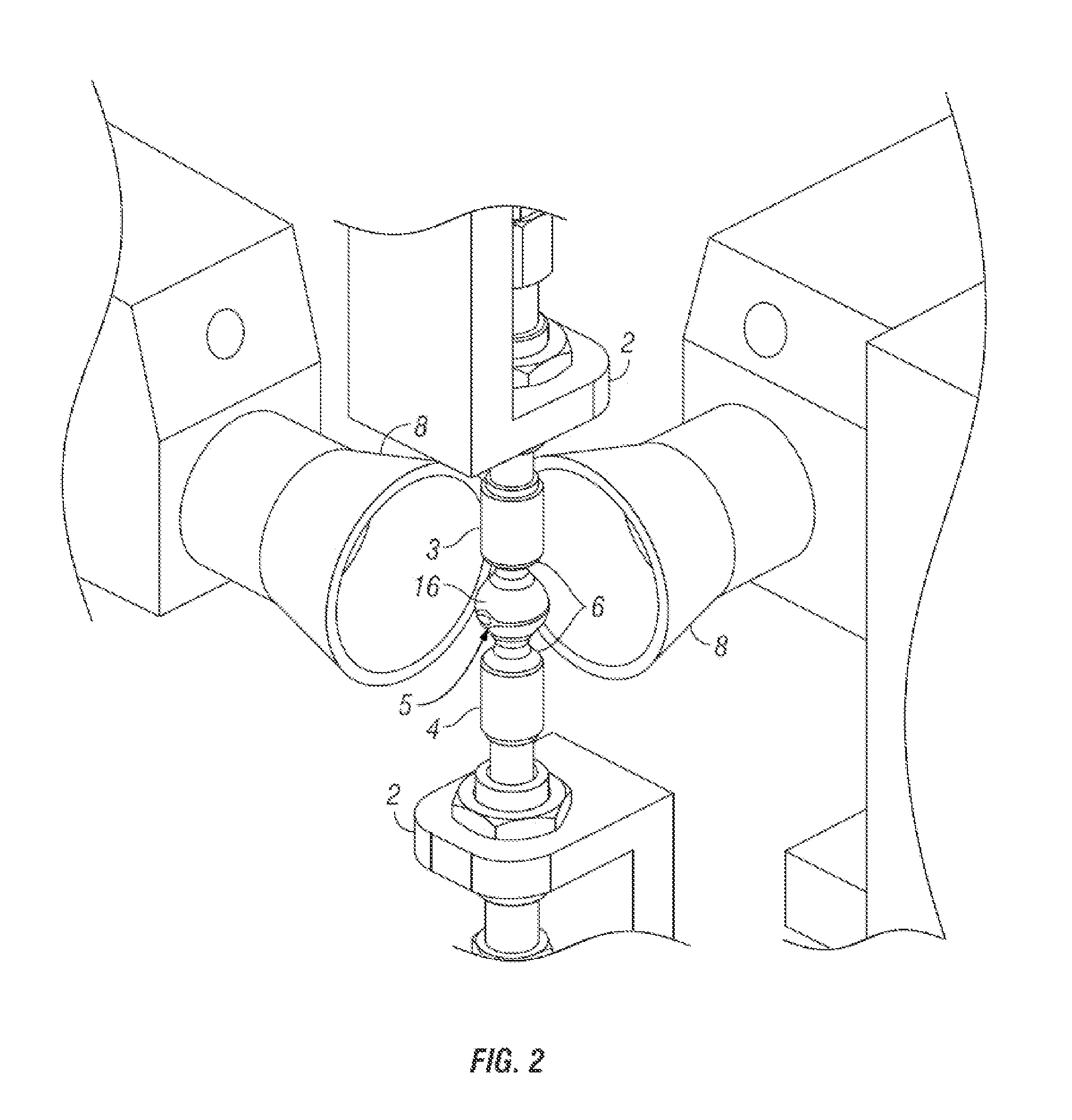Preparation and use of plant embryo explants for transformation
a plant embryo and explant technology, applied in the field of preparation, can solve the problems of bacterial contamination of embryos after excision, negative impact on subsequent transformation and regeneration steps, and less than desirable recovery of viable embryos
- Summary
- Abstract
- Description
- Claims
- Application Information
AI Technical Summary
Benefits of technology
Problems solved by technology
Method used
Image
Examples
example 1
Separation of Explant Material
[0084]Seeds were processed manually, or subjected to automated excision in a rice sheller (e.g. Grainman® Laboratory Paddy Rice Sheller (e.g. Model #64-115-60-WDC; Grain Machinery Manufacturing Corp., Miami, Fla.), or for instance as described in U.S. Patent Publication 20050005321. In order to obtain meristematic explant material, soybean seeds (cv. A3525; Asgrow Seed Company) were processed to separate the embryo, comprising meristematic tissues, from the seed coat and cotyledon(s). The effect of the internal moisture content of the starting seed at the time of excision on explant yield from this process is shown in Table 1.
TABLE 1Effect of Internal Moisture Content on Explant YieldMoisture Content ofExplant estimate per KgSoybean Seedof seed processed6.3%16268.2%93911.5%87
[0085]The temperature of the seed prior to preparation of explant material also affected explant yield. Table 2 illustrates that explants can be excised at various temperatures, inc...
example 2
Recovery of Explant Material
[0086]Table 3 illustrates the yield of usable explant tissue given differing seed moisture content at the start of the excision procedure. Lower seed moisture (about 6.2%) allowed for greater yield of explant material by weight of seed processed. This is noteworthy, as the internal moisture content of dry soybean seed when freshly harvested from the field is approximately 9 to 14% and is ideally maintained at about 11% for long term (1 to 20 years) storage. The higher moisture content allows the seeds to be handled without breakage and loss of vigor to the embryo. The inventors discovered that dry seed at the higher moisture content were much less brittle than seed dried to lower internal moisture contents (3% to 7%). This discovery allows seed to be handled and stored at the ideal internal moisture content for vigor (approximately 9 to 12%), yet manipulated for ideal extraction of dry explants (artificial seeds) by drying seeds to approximately 3% to 7% ...
example 3
Sterilization of Seeds and / or Explant Material
[0088]A number of techniques of sterilizing seeds before excision, as well as sterilizing explants after excision from the seeds were tested. Post-excision sterilization of dry explants using chlorine gas in a vacuum desiccation chamber was tested at time intervals ranging from 15 minutes to 16 hours. Contamination control increased with longer exposure to Cl gas, although fungal contamination grew in treatments in which the exposure to Cl gas had surpassed the survivable threshold of the explants.
[0089]Ozone gas treatments were also tested. Both whole seed (before excision) and dry explants (after excision) were exposed to O3 gas in a PLEXIGLAS chamber (OSR-8 Ozone Generator; Ozone Solutions, Sioux Center, Iowa) at various time intervals of 1-24 hours. O3 was used at a concentration of 467 ppm. After seed was exposed to ozone, embryonic material was excised and explant viability was measured. Ozonation of soybean seed for 12 hours or le...
PUM
| Property | Measurement | Unit |
|---|---|---|
| temperature | aaaaa | aaaaa |
| temperature | aaaaa | aaaaa |
| temperature | aaaaa | aaaaa |
Abstract
Description
Claims
Application Information
 Login to View More
Login to View More - R&D
- Intellectual Property
- Life Sciences
- Materials
- Tech Scout
- Unparalleled Data Quality
- Higher Quality Content
- 60% Fewer Hallucinations
Browse by: Latest US Patents, China's latest patents, Technical Efficacy Thesaurus, Application Domain, Technology Topic, Popular Technical Reports.
© 2025 PatSnap. All rights reserved.Legal|Privacy policy|Modern Slavery Act Transparency Statement|Sitemap|About US| Contact US: help@patsnap.com



